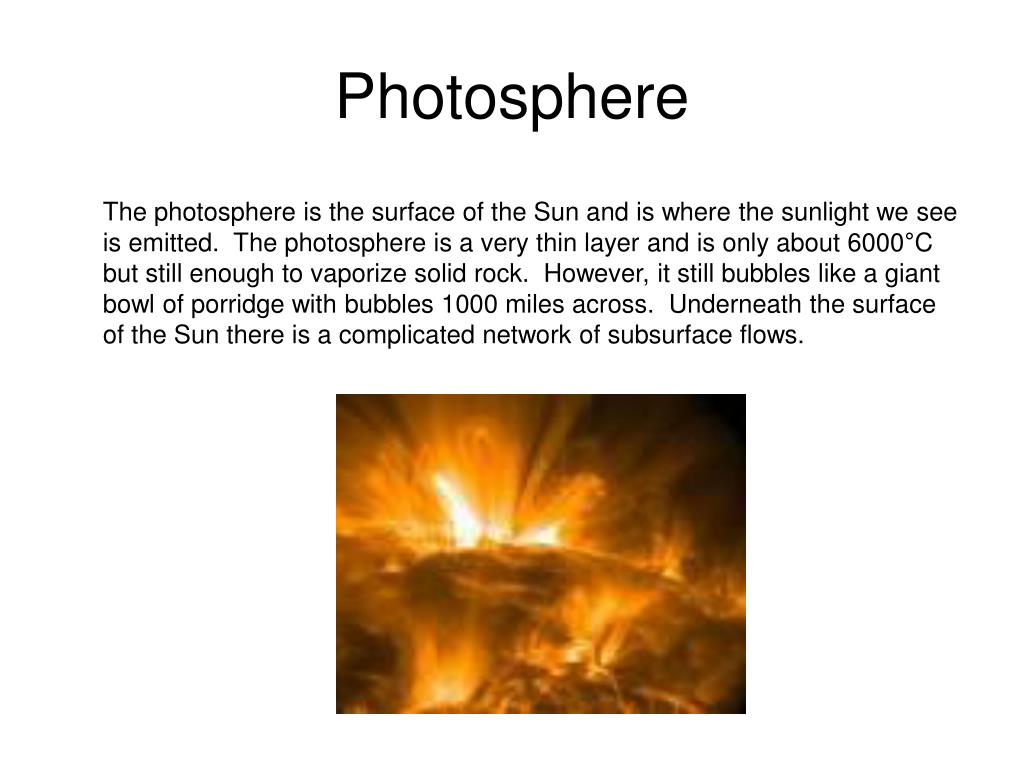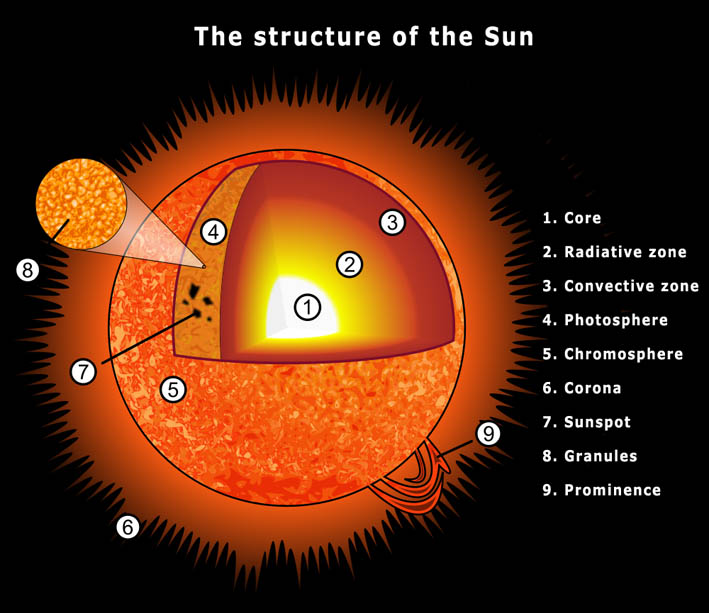
The umbra is separated into two pieces within the penumbra by a light bridge. Physics Morphology Ī decaying sunspot shown over the course of two hours. Years later scientists such as Richard Carrington in 1865 and John Henry Poynting in 1884 tried and failed to find a connection between wheat prices and sunspots, and modern analysis finds that there is no statistically significant correlation between wheat prices and sunspot numbers. The president of the Royal Society commented that the upward trend in wheat prices was due to monetary inflation. From this he found that the absence of sunspots coincided with high wheat prices in England. During his recognition of solar behavior and hypothesized solar structure, he inadvertently picked up the relative absence of sunspots from July 1795 to January 1800 and was perhaps the first to construct a past record of observed or missing sunspots.

In the early 19th Century, William Herschel was one of the first to equate sunspots with heating and cooling on Earth and believed that certain features of sunspots would indicate increased heating on Earth. Galileo likely began telescopic sunspot observations around the same time as Harriot however, Galileo's records did not start until 1612. After Johannes Fabricius' death at the age of 29, his reports remained obscure and were eclipsed by the independent discoveries of and publications about sunspots by Christoph Scheiner and Galileo Galilei.

His observations were recorded in his notebooks and were followed in March 1611 by observations and reports by Frisian astronomers Johannes and David Fabricius. Sunspots were first observed telescopically in December 1610 by English astronomer Thomas Harriot. The earliest known drawings of sunspots were made by English monk John of Worcester in December 1128. The first clear mention of a sunspot in Western literature is circa 300 BC, by ancient Greek scholar Theophrastus, student of Plato and Aristotle and successor to the latter. By 28 BC, Chinese astronomers were regularly recording sunspot observations in official imperial records. The earliest record of a deliberate sunspot observation also comes from China, and dates to 364 BC, based on comments by astronomer Gan De (甘德) in a star catalogue. The text describes that a dou and mei were observed in the sun, where both words refer to a small obscuration. The earliest record of sunspots is found in the Chinese I Ching, completed before 800 BC. History įor broader coverage of this topic, see Solar observation. Similar phenomena indirectly observed on stars other than the Sun are commonly called starspots, and both light and dark spots have been measured. Most solar flares and coronal mass ejections originate in these magnetically active regions around visible sunspot groupings. Indicating intense magnetic activity, sunspots accompany other active region phenomena such as coronal loops, prominences, and reconnection events. They may travel at relative speeds, or proper motions, of a few hundred meters per second when they first emerge.

Larger sunspots can be visible from Earth without the aid of a telescope. Sunspots expand and contract as they move across the surface of the Sun, with diameters ranging from 16 km (10 mi) to 160,000 km (100,000 mi). Individual sunspots or groups of sunspots may last anywhere from a few days to a few months, but eventually decay. Their number varies according to the approximately 11-year solar cycle. Sunspots appear within active regions, usually in pairs of opposite magnetic polarity. They are regions of reduced surface temperature caused by concentrations of magnetic flux that inhibit convection. Sunspots are phenomena on the Sun's photosphere that appear as temporary spots that are darker than the surrounding areas.


 0 kommentar(er)
0 kommentar(er)
